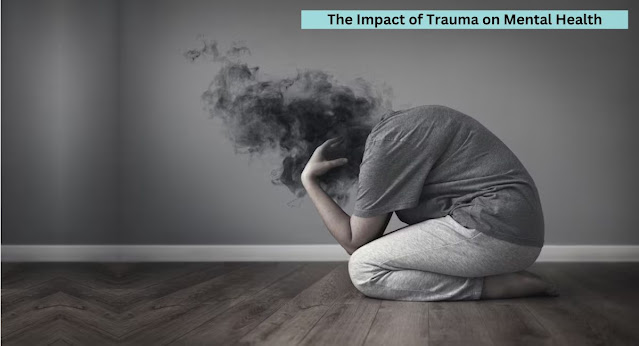How Thoughts Shape Mental Health
Our minds are incredibly powerful entities that play a central role in shaping our mental health. The way we think, perceive, and interpret the world around us can significantly impact our emotional well-being. This intricate interplay between thoughts and mental health underscores the importance of understanding how our thought patterns can either foster resilience or contribute to distress.
The Role of Cognitive Patterns
Cognitive patterns, or the habitual ways in which we think, are fundamental in determining our mental health care. Negative thought patterns, such as catastrophizing, overgeneralization, and black-and-white thinking, can lead to increased stress, anxiety, and depression. On the other hand, positive thought patterns like optimism, gratitude, and self-compassion can enhance our overall emotional well-being.
When negative thoughts dominate our minds, they can trigger a vicious cycle. For instance, consistent negative self-talk can lead to lowered self-esteem, which in turn can fuel feelings of inadequacy and depression. Understanding this cycle helps us realize the importance of breaking free from destructive thought patterns and replacing them with healthier alternatives.
The Impact of Perception
Our perception of events and situations significantly influences our emotional responses. Two individuals facing the same challenge can have drastically different emotional outcomes based on their perceptions. Cognitive distortions, such as mind-reading (assuming others’ thoughts) or emotional reasoning (believing emotions equal reality), can skew our perception and consequently impact our mental health.
Building Cognitive Resilience
Cognitive resilience is the ability to effectively navigate challenges by reframing negative thoughts and cultivating a resilient mindset. Techniques like cognitive restructuring involve identifying negative thought patterns, challenging their accuracy, and replacing them with balanced and realistic alternatives. This practice can empower individuals to respond more adaptively to stressors.
The Mind-Body Connection
The relationship between thoughts and mental health extends to our physical well-being. Chronic stress resulting from persistent negative thoughts can manifest as physical symptoms, contributing to a range of health issues. Developing a positive thought pattern can help reduce stress and anxiety and promote overall well-being through the mind-body connection.
Cultivating Positive Thought Patterns
Fostering positive thought patterns requires conscious effort and practice. Mindfulness meditation, journaling, and gratitude exercises are powerful tools for cultivating a more positive mindset. These practices enable us to become more aware of our thoughts, break free from automatic negative thinking, and actively shift our focus toward the positive aspects of our lives.
Conclusion: In the intricate tapestry of mental health, thoughts play a central role in determining our emotional well-being. By understanding the connection between thoughts and mental health, we can actively work to reshape our cognitive patterns, foster resilience, and enhance our overall quality of life. Embracing the power of positive thinking and adopting techniques to manage negative thought patterns can lead us toward a path of improved mental and emotional well-being.

Comments
Post a Comment